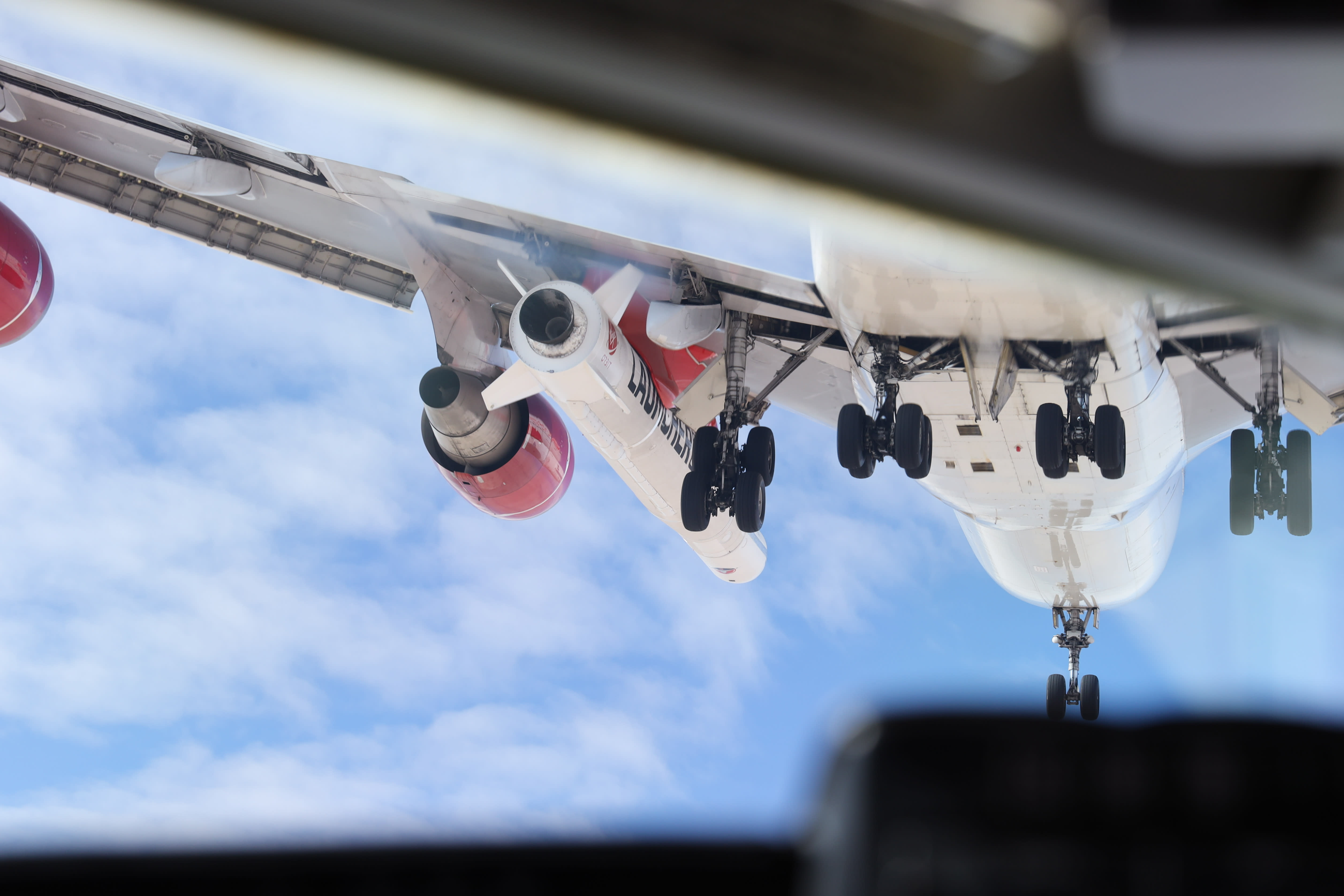Richard Branson’s Virgin Orbit successfully launches second rocket this year from a 747 jet

[This livestream has ended A replay is available at the video player above.]
Virgin Orbit, the satellite-launching spinoff of Sir Richard Branson’s Virgin Galactic, sent its second mission of the year to orbit on Wednesday as the company picks up momentum.
“It was just magical,” Branson said on the company’s livestream, adding that he hopes the missions are “going to become almost routine, and [Virgin Orbit] will be able to more and more and more satellites, more and more and more rockets into space.”
The mission, called “Tubular Bells: Part One,” launched four cube satellites under the U.S. Department of Defense’s Space Test Program, as well as a small satellite for the Royal Netherlands Air Force and two imaging satellites for Polish company SatRevolution.
Virgin Orbit uses a modified Boeing 747 aircraft to launch its rockets, a method known as air launch. Rather than launch rockets from the ground, like competitors such as Rocket Lab or Astra, the company’s aircraft carries its LauncherOne rockets up to about 45,000 feet altitude and drops them. The rocket then fires its engine and accelerates into space – a method the company touts as more flexible than a ground-based system.
The mission on Wednesday released the rocket above the Pacific Ocean beyond California’s Channel Islands.
LauncherOne is designed to carry small satellites that weigh up to 500 kilograms, or about 1,100 pounds, into space. Virgin Orbit completed its first successful launch in January, and plans to conduct its second later this month.
Virgin Orbit, wholly separate from Virgin Galactic, is privately held by Branson’s multinational conglomerate Virgin Group, with a minority stake from Abu Dhabi sovereign wealth fund Mubadala.
Virgin Orbit flew its modified Boeing 747 airplane “Cosmic Girl” with the company’s LauncherOne rocket under its wing for the first time on November 18, 2018.
Virgin Orbit




